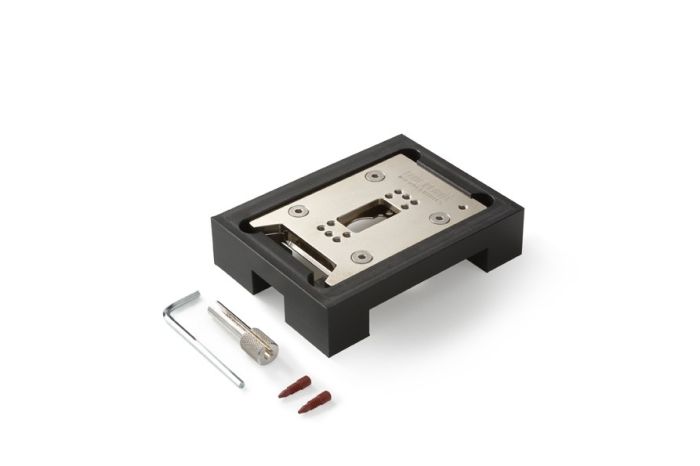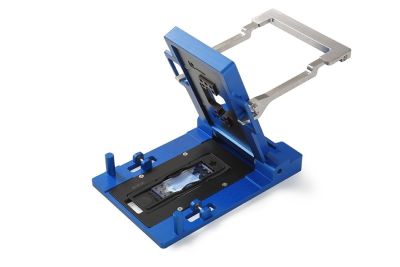shopping_basket
Enhanced oil recovery (EOR) setup - high pressure (no pumps included)
This setup contains a chip holder, chips for enhanced oil recovery (EOR) and tubing. The only thing left for you to do is to select the EOR-chip of your choice: with a uniform, random or physical rock structure. These microfluidic chips can be used in enhanced oil recovery research, reservoir engineering or environmental research. They are used to verify simulation models of rock-pore structures in the EOR field.
| Unit of measurement | Bundle |
|---|---|
| Application | Enhanced Oil Recovery |
| Icon | Label | Description | Type | Size | Download |
|---|---|---|---|---|---|
 | EOR.UN.20.2 - Drawing | Drawing for the EOR porous medium chip with Uniform Pore Network. Items 02978 and 02198 | 378.2 KB | Download | |
 | EOR.RN.20.2 - Drawing | Drawing for the EOR porous medium chip with Random Pore Network. Items 02977 and 02199 | 123.7 KB | Download |
Customer Questions




